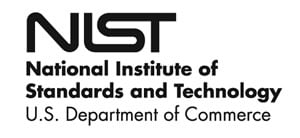RSS feed source: US Energy Information Administration
In-brief analysis
July 31, 2025
In our most recent Short-Term Energy Outlook (STEO), we forecast nationwide U.S. retail electricity sales to ultimate customers will grow at an annual rate of 2.2% in both 2025 and 2026, compared with average growth of 0.8% between 2020 and 2024. The forecast reflects rapid electricity demand growth in Texas and several mid-Atlantic states, where the grid is managed by the Electric Reliability Council of Texas (ERCOT) and the PJM Interconnection, respectively. We expect electricity demand in ERCOT to grow at an average rate of 11% in 2025 and 2026 while the PJM region grows by 4%.
After relatively little change in U.S. electricity demand between 2005 and 2020, retail sales of electricity have begun growing again, driven by rising demand in the commercial and industrial sectors. Developers have proposed numerous data
Click this link to continue reading the article on the source website.


